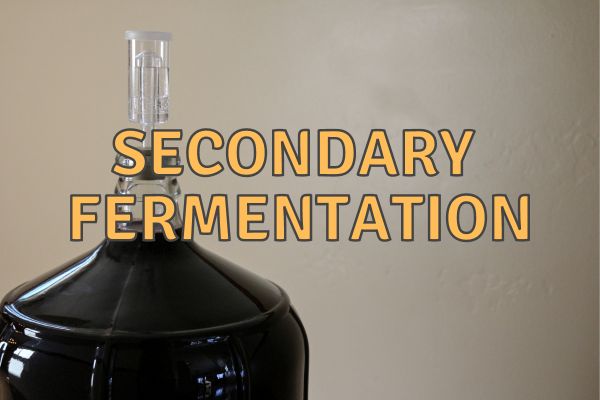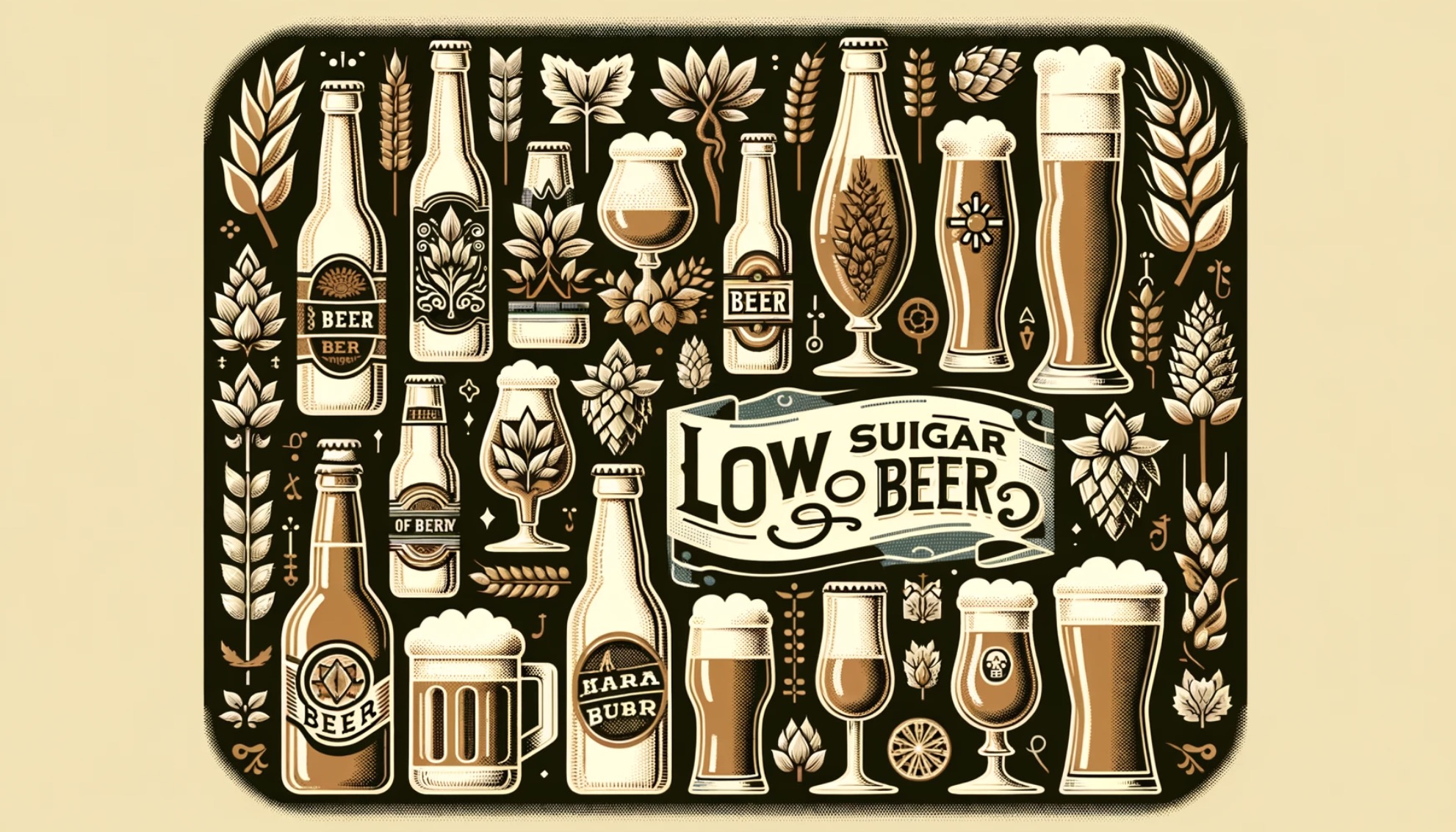Stopping the fermentation process of cider is a crucial step for any cider maker who wishes to tailor the flavor and sweetness of their beverage. During the fermentation process, yeast converts the sugars in apple juice into alcohol, producing dry cider if the process goes to completion. However, if a sweeter cider is desired, or to avoid over-fermentation which can lead to off-flavors, it becomes necessary to halt fermentation at a specific point.
The methods used to cease the fermentation process range from physical interventions to chemical additions. These can include chilling the cider to deactivate the yeast, sterile filtering to remove yeast cells, or the introduction of sulfites to inhibit yeast activity. Each method has its advantages and nuances, and the choice depends on the desired outcome for the cider, taking into account factors such as flavor profile and carbonation level. Post-fermentation handling also plays a significant role in achieving the final taste and stability of the cider before it is bottled and distributed.
Key Takeaways
- Halting fermentation allows control over the cider’s sweetness and alcohol content.
- Various methods exist to stop fermentation, each suited to different cider preferences.
- Proper post-fermentation handling ensures the cider’s quality and longevity.
Methods to Stop Fermentation
When the goal is to halt the fermentative activity of yeast to prevent further alcohol production, several effective methods can be implemented. These techniques ensure that the cider maintains its desired taste and alcohol content.
Chemical Stabilizers
Potassium sorbate is added to cider to inhibit yeast reproduction. It creates an environment where yeast can no longer divide, effectively stopping the fermentation process. Campden tablets, which contain potassium metabisulfite, serve a dual purpose by killing existing yeast cells and providing a preservative effect due to their sulfite content.
Temperature Control
Applying specific temperature adjustments can encourage yeast to enter dormancy. Raising the cider’s temperature may inactivate the yeast, but one must be careful not to cook the cider or encourage off-flavors.
Cold Crashing
Cold crashing involves reducing the temperature of the cider rapidly to near freezing points. This process promotes yeast sedimentation at the bottom of the container and slows their activity, effectively bringing fermentation to a halt. The abrupt temperature drop pushes yeast into a dormant state.
Filtration Techniques
Removing yeast cells through filtration can stop fermentation. Using a sterile filter with a pore size small enough can physically separate yeast from the cider. This method ensures that fermentation ceases by denying yeast access to the cider’s sugars.
Post-Fermentation Handling
After the primary fermentation of cider comes to a completion, a cider maker’s focus shifts to post-fermentation handling to refine the cider’s taste and stability. This stage typically involves processes aimed at stopping secondary fermentation, clearing the beverage, and setting its final flavor profile.
Racking and Aging
Racking is the first step in handling cider post-fermentation. It involves transferring the liquid from the primary fermentation vessel to a secondary one, leaving behind the sediment of dead yeast and other particulates. This helps to prevent off-flavors and reduce the risk of spoilage by minimizing the cider’s contact with the lees. Subsequently, the cider undergoes aging, which allows its flavors to mature and meld. Aging can last from a few weeks to several months and is essential for achieving a balanced and complex taste. During this stage, it is vital to monitor the cider’s gravity to ensure that secondary fermentation does not recommence, as this can alter the alcohol content and give rise to unwanted levels of carbon dioxide.
Clarification and Stabilization
Clarification is a crucial process that contributes to the appearance and taste of the final cider. Once secondary fermentation has ceased, clarification agents may be added to bind with haze-causing particles, allowing them to settle or be filtered out. Stabilization follows, wherein cider makers introduce additives like potassium sorbate and Campden tablets (sulfites) to halt yeast activity, thereby stopping any further fermentation. This is particularly important when aiming for sweet cider, as residual sweetness must be maintained without risking re-fermentation. Back sweetening can also be implemented at this stage—adding sugars or juice to enhance the cider’s sweetness. However, prior to back sweetening, stabilization is a must to ensure the added sugars do not ferment. Stabilization not only maintains the residual sweetness but also ensures the cider is safe for consumption by preventing the growth of unwanted bacteria and wild yeasts.
Bottling and Carbonation
When making hard cider, the bottling stage is crucial for determining the final carbonation levels, which contribute to the texture and taste of the beverage. It involves carefully transferring the cider into containers and adjusting carbon dioxide levels for effervescence.
Bottling Methods
Glass Bottles: They are preferred for bottling because they can withstand the pressure from carbonation and do not impart flavors to the cider. One must ensure to leave the right amount of headspace to allow for expansion of gases.
- Fill glass bottles leaving appropriate headspace
- Seal with crown caps or corks
Plastic Bottles: A lightweight and unbreakable alternative to glass, plastic bottles are also used, especially for testing carbonation levels due to their ability to expand.
- Fill the plastic bottles, similar to glass, with necessary headspace
- Use special plastic caps designed to withstand CO2 pressure
Kegging: A method for carbonating larger batches of cider, using a keg system allows for precise control of CO2 levels to achieve desired carbonation consistency.
- Keg cider under CO2 pressure
- Adjust pressure according to carbonation requirements
Carbonation Levels
Still Cider: Cider without carbonation, which is similar to flat wine, requires no addition of sugars or CO2.
- Achieved by allowing the fermentation to complete fully
- Bottles are sealed without inducing additional carbonation
Carbonated Cider: The introduction of CO2 into the cider can be natural or forced, giving the cider its fizz.
- Natural Carbonation: This occurs by adding a small amount of sugar before bottling, known as priming, allowing yeast to produce CO2 naturally during a secondary fermentation in the bottle.
- Forced Carbonation: Involves directly injecting cider with CO2, typically using a keg and CO2 tank system.
Carbonation Control: Monitoring the sugar content and pressure is crucial to achieve the desired level of fizz.
- Adjust sugar levels (priming) for sweetness and carbonation
- Use a pressure gauge to monitor the pressure if kegging
By following proper bottling methods and controlling carbonation, one can craft hard cider that is tailored to individual taste preferences, ensuring that each sip delivers the expected sensory experience.
Experimenting with Cider Variations

The optimization of cider’s sweetness and flavor profile is central to crafting a superior product. Exploring yeast varieties further diversifies the aromatic and taste complexities. These are critical variables controlled by cider makers during the fermentation process.
Adjusting Sweetness and Flavor
To tailor the sweetness of cider, controlling sugar levels is crucial. Sweet cider refers to the non-fermented, apple-based juice, while hard cider involves fermentation. The residual sugar in the cider after fermentation contributes to its sweetness. For a sweeter cider, fermentation is halted before all the sugar converts into alcohol. This can be achieved through various methods, including:
- Cold Crashing: Chilling the cider abruptly to stop yeast activity.
- Chemical Stabilizers: Introducing substances like potassium sorbate to inhibit yeast reproduction.
However, one should be careful not to disrupt the balance of flavors in the cider. Alongside sugar, other ingredients such as spices or fruits can be added to create a unique flavor profile.
Exploring Different Yeast Strains
Different yeast strains play pivotal roles in the cider-making process. Each type of yeast imparts distinct characteristics to the final product.
- Commercial Yeast: Typically ensures a controlled and consistent fermentation and can contribute specific flavor profiles.
- Wild Yeast: Found naturally on apples and in the environment, wild yeast can yield unique and unpredictable flavors, often more complex.
Additionally, lactic acid bacteria can be co-inoculated with yeast to initiate malolactic fermentation, softening the cider’s taste by reducing acidity.
Experimenting with various yeast strains, including wine yeast and commercial yeast, allows cider makers to discover the perfect balance between dry and sweet flavors. This venture compels a systematic approach, noting the differences engendered by each type of yeast and how it complements or transforms the sweetness and flavors derived from the original apples and sweet cider base.
Safety Considerations and Best Practices

In the production of cider, attentiveness to safety and adherence to best practices are of paramount importance. They ensure not only the quality of the cider but also the health and well-being of consumers.
Understanding Potential Hazards
One must consider potential contaminants such as bacteria and wild yeasts that can compromise cider safety. To halt fermentation and kill potential pathogens, producers often use sulfites or potassium based preservative methods, such as Campden tablets, which release sulfur dioxide into the cider. It’s vital to maintain precise control during this process, as an incorrect dosage can lead to inadequate preservation or a negative impact on the alcohol flavor profile.
Pasteurization is another critical method, which involves heating the cider to a specific temperature for a set duration to destroy bacteria. However, this method must be carefully controlled to avoid altering the cider’s taste and quality.
Legal and Ethical Aspects
Producers must comply with regulations concerning safety and labeling, which includes the accurate declaration of any preservatives, like sulfites, used during the cider-making process. The legal and ethical obligations extend to ensuring the cider is safe for consumption and free from any harmful contaminants.
Ethical concerns also arise in the disclosure of information to consumers who may have sulfite sensitivities. This places a responsibility on producers to label their products with all potential allergens and preservatives used during and after fermentation.
Adhering to these practices isn’t just a legal necessity; it’s an ethical imperative that protects consumers and ensures the ongoing reputation and quality of the cider industry.




Leave a Reply
You must be logged in to post a comment.